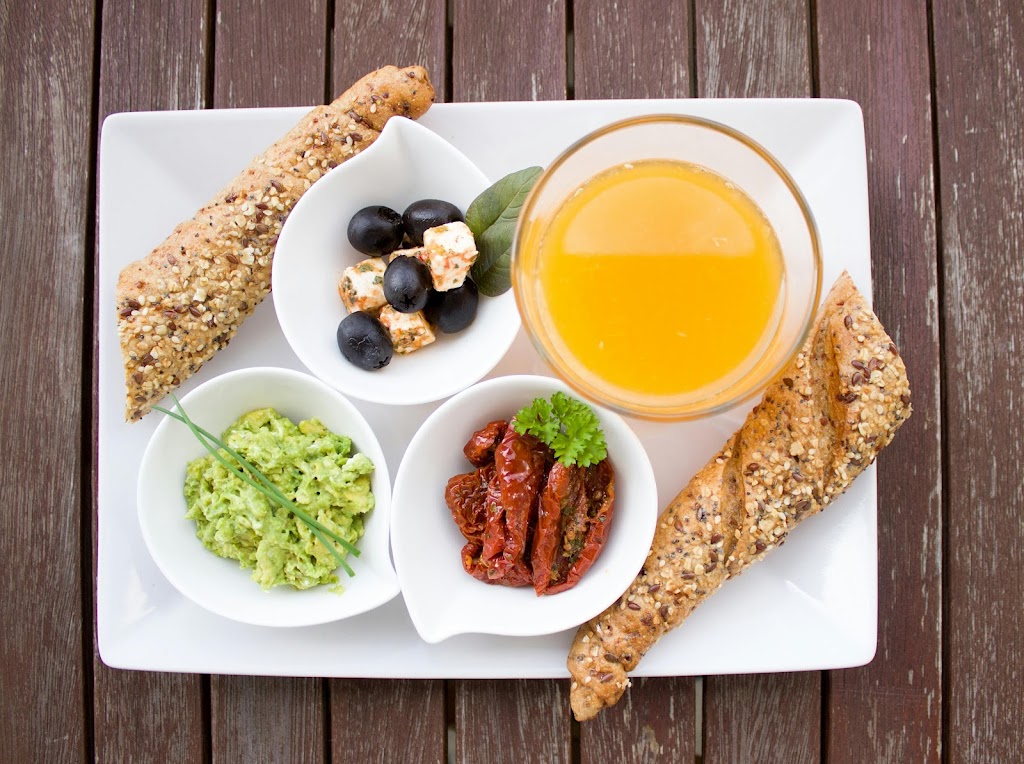A balanced diet is the foundation of a healthy lifestyle. It provides your body with the nutrients it needs to function optimally while helping you maintain a healthy weight, boost energy levels, and reduce the risk of chronic diseases. But with so much conflicting information about what to eat, creating a balanced diet that works for you can feel overwhelming. The truth is, there’s no one-size-fits-all approach to eating. Your ideal diet depends on your unique preferences, lifestyle, and health goals.
In this article, we’ll break down what a balanced diet looks like, how to tailor it to your needs, and tips for making it sustainable in the long term.
What is a Balanced Diet?
A balanced diet includes a variety of foods that provide the essential nutrients your body needs, including carbohydrates, proteins, fats, vitamins, minerals, and water. The key is to eat the right proportions of these nutrients to fuel your body without overconsuming calories.
Here’s a simple breakdown of the components of a balanced diet:
- Carbohydrates: Your body’s primary source of energy. Choose whole grains, fruits, vegetables, and legumes.
- Proteins: Essential for building and repairing tissues. Include lean meats, fish, eggs, dairy, beans, nuts, and seeds.
- Fats: Necessary for brain function and hormone production. Focus on healthy fats like avocados, nuts, seeds, and olive oil.
- Vitamins and Minerals: Vital for immune function, bone health, and overall well-being. Get these from fruits, vegetables, and whole foods.
- Water: Often overlooked but crucial for hydration, digestion, and overall health.
By incorporating all these elements into your daily meals, you’ll be on your way to achieving a balanced diet.
Steps to Create a Balanced Diet That Works for You
1. Assess Your Needs
The first step toward creating a balanced diet is to understand your body’s unique needs. Your age, gender, activity level, and health goals will influence your nutritional requirements.
- For weight loss: Focus on a slight calorie deficit by eating nutrient-dense, low-calorie foods.
- For muscle building: Increase your protein intake and consume enough calories to support your workouts.
- For general health: Aim for a variety of whole foods to ensure you get all the essential nutrients.
If you’re unsure about your specific needs, consider consulting a dietitian or using online calculators to estimate your daily calorie and macronutrient requirements.
2. Prioritize Whole Foods
Whole, minimally processed foods should make up the majority of your diet. These foods are rich in nutrients and free from added sugars, unhealthy fats, and artificial additives.
- Fruits and Vegetables: Fill half your plate with colorful fruits and veggies. They’re packed with vitamins, minerals, and fiber.
- Whole Grains: Choose brown rice, quinoa, oats, and whole-grain bread instead of refined grains.
- Proteins: Opt for lean meats, fish, eggs, tofu, and legumes.
- Healthy Fats: Incorporate sources like avocados, nuts, seeds, and olive oil.
By focusing on whole foods, you’ll naturally reduce your intake of excess calories and unhealthy ingredients.
3. Practice Portion Control
Even healthy foods can lead to weight gain if consumed in large quantities. Learning to control your portions is key to maintaining a balanced diet.
Tips for portion control:
- Use smaller plates to make your meals look larger.
- Fill half your plate with vegetables, one-quarter with protein, and one-quarter with whole grains.
- Avoid eating directly from containers; instead, portion out snacks to avoid overeating.
- Listen to your body and eat until you feel satisfied, not overly full.
Portion control helps you stay within your calorie needs while still enjoying your favorite foods.
4. Include All Food Groups
Skipping entire food groups can lead to nutrient deficiencies and make your diet harder to maintain. A balanced diet includes a variety of foods from all food groups:
- Proteins: For muscle repair and growth.
- Carbohydrates: For energy and brain function.
- Fats: For hormone production and vitamin absorption.
- Fruits and Vegetables: For vitamins, minerals, and antioxidants.
Instead of eliminating foods, focus on moderation and balance. For example, if you enjoy desserts, have them occasionally in small portions rather than cutting them out entirely.
5. Plan Your Meals Ahead
Meal planning is a powerful tool for creating a balanced diet. By planning your meals in advance, you can ensure you’re eating nutritious foods while avoiding the temptation of unhealthy options.
Steps for meal planning:
- Set aside time each week to plan your meals and snacks.
- Prep ingredients or cook meals in advance to save time during busy days.
- Keep healthy staples, like fruits, vegetables, and lean proteins, stocked in your kitchen.
Meal planning also helps you stay within your budget and reduce food waste.
6. Stay Hydrated
Hydration is a crucial yet often forgotten aspect of a balanced diet. Water supports digestion, regulates body temperature, and helps transport nutrients throughout the body.
Tips for staying hydrated:
- Drink at least 8 glasses of water a day, or more if you’re active.
- Carry a reusable water bottle to remind yourself to drink throughout the day.
- Replace sugary drinks with water, herbal tea, or sparkling water.
Staying hydrated will improve your energy levels and prevent overeating, as thirst is often mistaken for hunger.
7. Be Flexible and Realistic
A balanced diet doesn’t mean you have to eat perfectly all the time. Life happens, and it’s okay to indulge occasionally. The key is to find a balance that works for you and is sustainable in the long term.
Tips for flexibility:
- Follow the 80/20 rule: Make 80% of your meals healthy and allow 20% for treats.
- Don’t feel guilty about enjoying your favorite foods—just practice moderation.
- Adjust your diet as needed based on changes in your lifestyle or health goals.
Being flexible will help you stay consistent without feeling restricted or deprived.
Benefits of a Balanced Diet
Creating a balanced diet tailored to your needs offers numerous benefits:
- Improved Energy Levels: You’ll feel more energized throughout the day by fueling your body with the right nutrients.
- Weight Management: A balanced diet helps you maintain a healthy weight without extreme restrictions.
- Reduced Risk of Chronic Diseases: Eating nutrient-dense foods can lower your risk of heart disease, diabetes, and other conditions.
- Better Mental Health: Proper nutrition supports brain function and mental well-being.
By adopting a balanced diet, you’re investing in your long-term health and quality of life.
Conclusion
Creating a balanced diet that works for you is all about finding the right combination of foods that fit your lifestyle, preferences, and health goals. By focusing on whole foods, practicing portion control, including all food groups, and staying flexible, you can build a sustainable eating plan that nourishes your body and supports your well-being.
Remember, the key to success is progress, not perfection. Start small, make gradual changes, and enjoy the journey to a healthier you!
Hashtags:
#BalancedDiet #HealthyEating #Wellness #NutritionTips #HealthyLifestyle #MealPlanning #SustainableLiving


